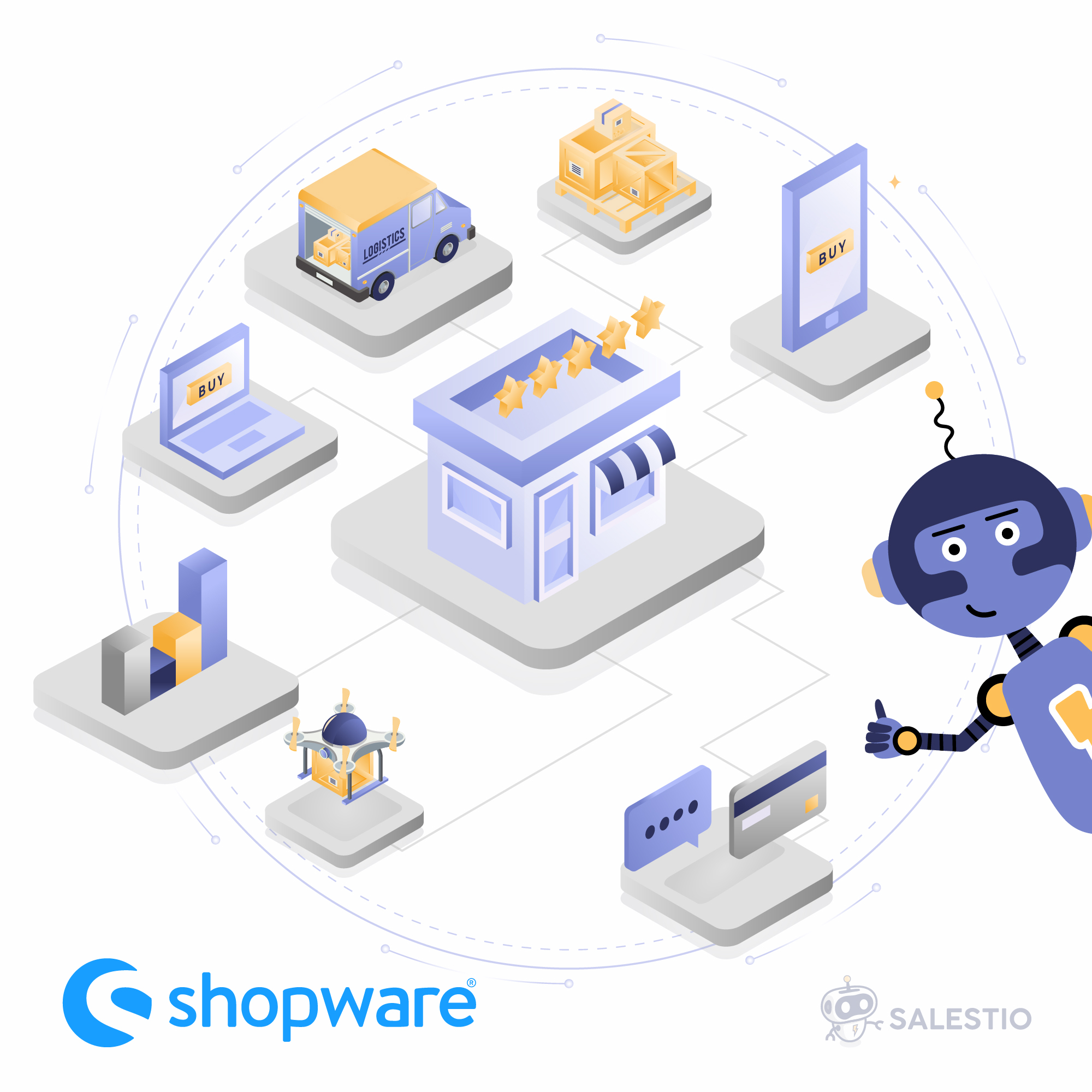20 Oct'23

Selling on multiple platforms at once allows more market reach, and, of course, sales. But what if your Amazon customers are in a different country than Etsy customers? What if eBay orders are fulfilled by a different company? How to make a limited sale without ruining all warehouse accounting? Leaving the strategy choices to you, today we will show how Salestio provides the tools to deal with multiple warehouses, and how this helps with the situations above.
Understanding store locations
With the number of sales channels and physical stores growing, it becomes increasingly challenging to manage them all at once. Luckily, e-commerce platforms allow to set up multiple locations for the store inventory. Locations act as fulfillment centers and track inventory for each product separately.
Using locations is beneficial when:
- Listing sales and pre-orders to fulfill from a specific warehouse
- Having multiple sales channels (physical store, online store, eBay, etc.)
- Ensuring that orders can be switched to another fulfillment center if out of stock
- Optimizing shipment costs by using the closest location to the buyer
If your e-commerce platform does not have the built-in functionality to add multiple warehouses, in many cases, it is possible to do so with the help of third-party apps and plugins. In this article, we will use Shopify as an example, and show how to configure these warehouses for use with Salestio.
How to set up locations in Shopify
In Shopify admin, go to Settings > Locations > Add location and enter the name and address. If you want to use this location for online orders, make sure to enable “Fulfill online orders from this location”.
If you want to customize location priority for fulfilling orders, check Settings > Shipping and delivery > Order routing.
In Shopify, we have 3 locations set up: “Werinherstraße 3” as a physical store, “2nd location” for online store sales, and “Amazon US” to use with Salestio. Let’s make sure that our quantities are at the right level for each of them. Navigate to the product page > Inventory > Edit locations, set the right stock, and save your changes:

Enabling Salestio to use locations
By default, Salestio uses all Shopify locations. While you can configure specific locations for any integration (Amazon, Etsy, eBay), we will present an example of an Amazon store. To enable a specific location, we need to define a Global Profile for the Amazon integration. Go to Salestio > Amazon > Profiles > Global Profiles and click on “Add Global Profile”. You will be presented with the following options:

To easily find this profile later, we will set the name to “Amazon US Profile”. To isolate the inventories, enable “Use Warehouse” and pick your choice in the Location. We will select “Amazon US”. Remember to save the changes!
Now we need to go to our Selling List settings, select this profile, and save changes:

After configuring the Selling List, all linked products will now be synced according to the “Amazon US” warehouse in Shopify. We suggest running the “Update QTY” action once to make sure that the initial values are correct on Amazon.
You can create multiple Global Profiles and assign each one to multiple Selling Lists. For example, you can create another profile for eBay that will use a new location. That way, stock on Amazon and eBay will be separate.
How to pick the location for order importing
By default, when Salestio imports an order, the default Shopify location will be used. To change that, select the right warehouse in the Settings tab:

Seize control
Salestio offers a high degree of customization in terms of how the items are synced across different platforms. Learning how to apply the available features will help to elevate customer service and reach an even larger audience. See how the app can help your store by starting a 30-day free trial





